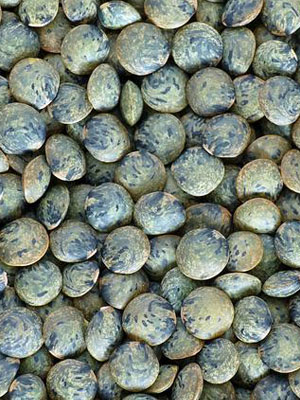Grain ProTrade – lentils wholesale at producer prices
Are you looking for high-quality lentils for your business? Grain ProTrade is a leading supplier, providing wholesale lentils in bulk at competitive prices. We understand the importance of sourcing reliable ingredients, and we are committed to delivering the best possible product to our clients. Sourcing from trusted origins, our lentils meet the most stringent quality standards. We offer a variety of lentil types. Thus, you are guaranteed to find the perfect fit for your specific needs.
Diverse Selection of Lentils for Sale
Our extensive catalog includes various types of lentils. For example, we offer red lentils, green lentils, brown lentils, and black lentils (Beluga). Each variety possesses unique characteristics. Each type is suitable for different culinary applications. Red lentils, known for their quick cooking time, are perfect for soups and purees. Green and brown lentils, however, maintain their shape well. Therefore they are excellent choices for salads and side dishes. Black lentils, with their rich flavor and striking appearance, add a touch of elegance to any meal. Grain ProTrade is your single point to explore the variety and place an order. Lentils are sold on pallets in 25 or 50 kg PP bags. The average number of bags per pallet is 40. For that reason, orders can be customized to meet individual needs.
Furthermore, we cater to buyers seeking lentils for various industries. So, whether you are a food manufacturer, a restaurant owner, or a distributor, we can fulfill your bulk orders efficiently and reliably. The current price can be checked with our sales team. The experienced team will help you navigate our selection. Besides, they will assist you in choosing the right lentils for your application. The team offers guidance on packaging and shipment.
Why Choose Grain ProTrade for Wholesale Lentils?
Grain ProTrade is not just a supplier; we are your partner in success. First, we offer competitive prices on all our wholesale lentils. Our direct relationships with growers allow us to secure the best possible deals, which we then pass on to our customers. Second, we prioritize quality, ensuring that our lentils are carefully selected, cleaned, and processed to meet the highest standards. This means you receive a product that is consistently superior in taste, texture, and appearance.
Moreover, we understand the importance of timely delivery. Our logistics team works diligently to ensure that your orders are shipped promptly and efficiently, regardless of your location. Besides, we pride ourselves on our exceptional customer service. Our dedicated team is always available to answer your questions, address your concerns, and provide you with the support you need. Therefore, choose Grain ProTrade as your trusted source for lentils and experience the difference quality and reliability can make. Contact us today to discuss your requirements and receive a personalized quote. Let us help you find the perfect lentils for sale and elevate your culinary creations.

Yellow lentils

Red lentils

Green lentils

Green lentils

Black lentils







